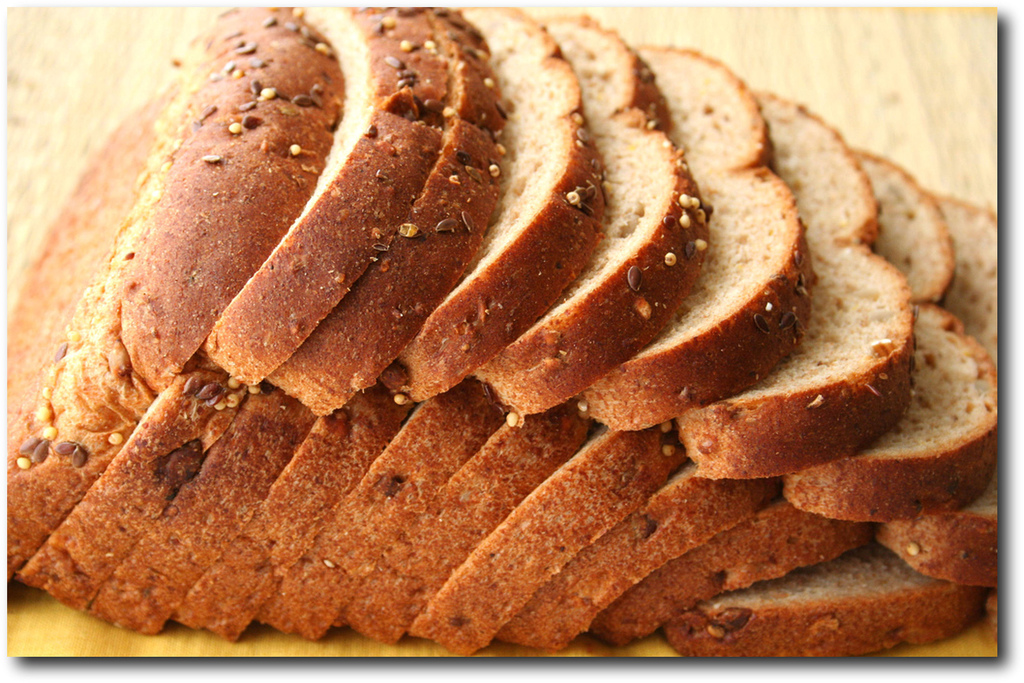Did you know that November is National Diabetes Month? A month all about diabetes awareness and prevention. This year, they (National Diabetes Education Program) are focusing on heart health, since at least 65% of people with diabetes will die from heart disease or stroke. What's more alarming? Anywhere from 30-40% of people with type 2 diabetes don't know they have it.
One in three Americans have prediabetes. Nine out of ten of those don't know they have it. Too many people lack awareness of their own health and what is happening in their body. Those who are told they are prediabetic often get unspecific recommendations to "eat healthy" and "exercise more"...whatever that means.
How can we prevent and reverse type 2 diabetes?
I believe it's all about education. NOT education of what to change, do, eat, etc, but education about what is happening in your body. If someone asked you to explain what diabetes was and how it developed, would you be able to? If you don't have a health sciences or medical background the answer is probably no. How can Americans be expected to take control of their health if they are not educated on what happens inside. My goal for this post is to help you understand what happens in your body when you eat carbohydrates. Hopefully this awareness will inspire you to build your plate differently.
Diabetes:
There are two types of diabetes. Type 1 diabetes, once called "juvenile diabetes", is a condition that typically manifests during childhood and teen years. Developing type 1 diabetes is not something you can control. It occurs when your body attacks cells in your pancreas and leaves you unable to absorb energy from the food you eat. No amount of "healthy habits" can prevent or reverse this disease. Individuals with type 1 diabetes will need to give themselves shots for the rest of their life to make up for this.
Type 2 diabetes, on the other hand, is a preventable disease! Although genetics may play a role in who does and does not develop the disease, it is one of several chronic diseases that can be completely avoided with diet. At one time, it was called "adult onset diabetes". This no longer holds true. Just this week I saw a 17-year-old boy with severely uncontrolled type 2 diabetes, high blood pressure, and a multitude of other health conditions. Unfortunately, the food we are eating and feeding our children is increasing the development of type 2 diabetes at younger ages. Many people wrongly perceive type 2 diabetes as a disease of the overweight and obese - this is a myth! Plenty of thin people can, and do, have diabetes. Type 2 diabetes occurs when our body becomes unable to handle the load of carbohydrates we bring in at one time.
All foods fit! But listen to what your body is craving, rather than eating a large dessert daily out of habit.
Carbohydrates.
If you look at a food label you will see Total Carbohydrates listed in grams. This encompasses sugar, fiber and starch. Although the process that occurs in your digestive tract (mouth to intestines) may vary, eventually the carbohydrates you ingest will be broken down into their simplest form: a glucose molecule. For our purposes, we will just call it sugar. In the small intestine, these simple sugar molecules will be absorbed into your body.
total carbohydrates (includes fiber, sugar and starch) will all break down to the simple sugar molecule, glucose.
Okay, so now there is sugar in your blood. Three things will occur.
- Your cells will use the sugar molecules for energy.
- Once your cells have had their fill, sugar will be stored for use in your liver and your muscles. It is stored in these places to be used during exercise, between meals, and while you sleep. (These stored sugar molecules are called glycogen).
- Your liver and muscle have a limit on how much sugar they can store, and it is not much. At this point, if there is still sugar in your blood it will be stored as fat.
In a healthy person, this process will repeat. Each time they eat, their body will place the sugar in cells, then store it in the liver and muscle, and then store it as fat, all in an effort to remove most of the excess sugar from the blood.
These processes are able to occur thanks to a hormone called insulin. Your pancreas releases insulin when you eat. Insulin helps the basic sugar molecules get inside the cells for energy.
Here is another way to think about it: When your car is low on gas, you go to the gas station and fill your car with fuel. Similarly, when you are low in energy, you sit down to a meal to fuel your body. Insulin is like the latch that opens up your fuel door for the nozzle to fit in.
Problems develop when you overload your blood stream with more sugar molecules than it can use. Your body has trouble responding and those latches stop working as easily. If the latch in your car is broken, you can't open the fuel door and access the gas tank, and you can't fill your car. So when insulin stops working, you can't get the sugar molecules into the cells for energy. This is called insulin resistance. Your cell's inability to respond to the insulin and open up the door for the sugar causes you to have a high amount of sugar molecules in your blood. When this is occurs consistently, the high blood sugars become the norm. You likely won't be aware that it is happening. Unfortunately, there are no symptoms of insulin resistance, but it can lead to prediabetes and eventually diabetes.
What is a good way to make sure you are not putting too much demand on your body and putting yourself at risk for insulin resistance and diabetes?
Eat real food.
Eat real food whenever you can. This doesn't mean you can't enjoy your favorite foods, just do so with mindfulness and gratitude. Listen to the cues of your body to know when you are truly craving that special something.
Balance out the carbohydrates on your plate with a fat and a protein source. There is no need to count carbs when you are creating a varied meal.
Greens and veggies have carbohydrates too! Choose these nutrient dense sources whenever you can.
PS >> Don't forget to be active! Exercise helps your body use the sugar that is in your blood stream because it needs to replenish or fuel activity. A light walk before or after a meal can help! And enjoy your more carbohydrate dense meal after exercise - your body is going to eat that fuel right up.








